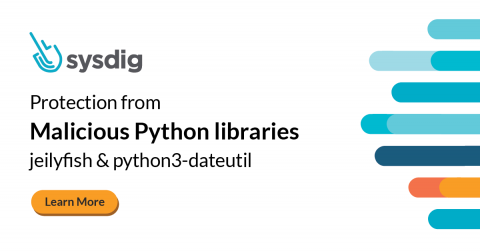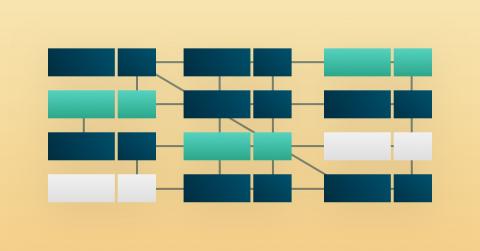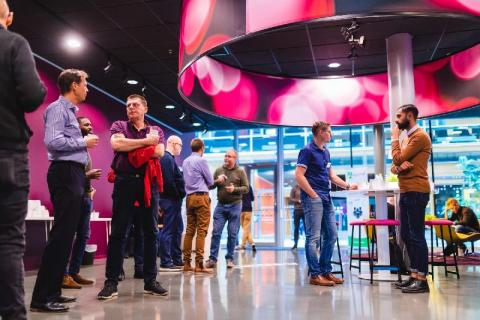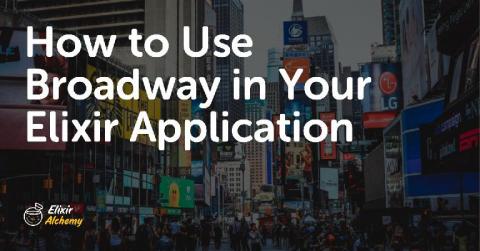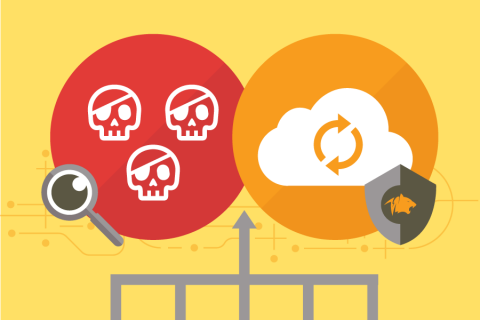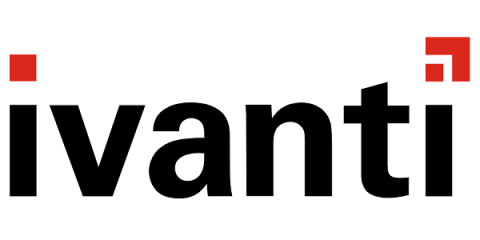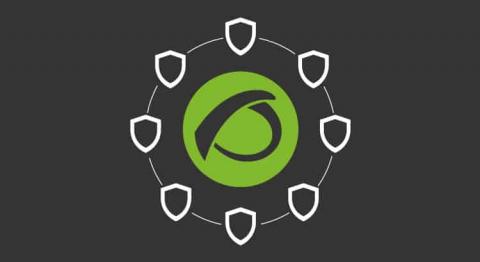Protection from malicious Python libraries jeilyfish and python3-dateutil
Two malicious Python libraries, jeilyfish (with a capital i and a lowercase L in the original name) and python3-dateutil, were detected on PyPI (Python Package Index) on December 1st. They were typosquatting similar named legitimate libraries jellyfish (with a double lowercase L) and python-dateutil libraries, a malicious technique aiming to trick developers to use the similar named modified libraries.


